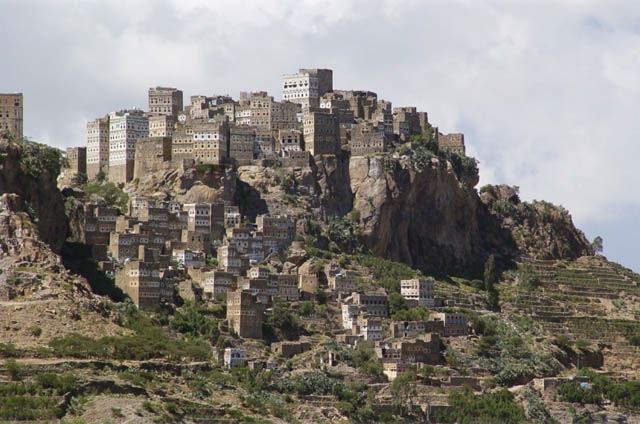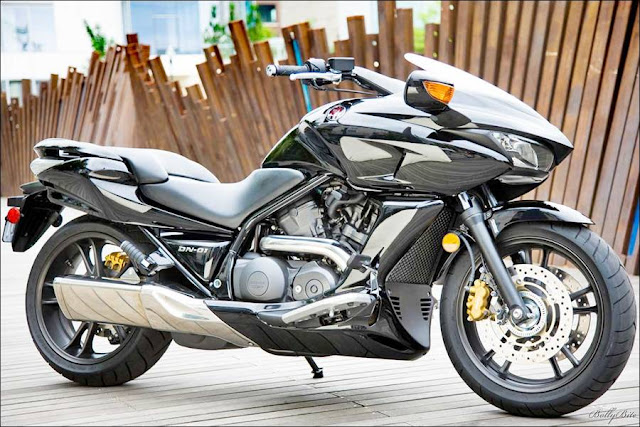It is like being on a different planet... These pictures and information are excellent viewing and reading. Socotra Island: You have to see it to believe it. This island simply blows away any notion about what is considered "normal" for a landscape on Earth.

Imagine waking up on the Socotra Island and taking a good look around you. After a yelp of disbelief, you'd be inclined to think you were transported to another planet - or traveled to another era of Earth's history. The second would be closer to the truth for this island, which is part of a group of four islands, has been geographically isolated from mainland Africa for the last 6 or 7 million years. Like the Galapagos Islands, this island is teeming with 700 extremely rare species of flora and fauna, a full 1/3 of which are endemic, i.e. found nowhere else on Earth.

The climate is harsh, hot, and dry, and yet - the most amazing plant life thrives there. Situated in the Indian Ocean 250 km from Somalia and 340 km from Yemen, the wide sandy beaches rise to limestone plateaus full of caves (some 7 km in length) and mountains up to 1,525 metres high.

The name Socotra is derived from a Sanskrit name, meaning "The Island of Bliss"... Is it the beaches? The isolation and quiet? Or the strange and crazy botanical allure? Alien-looking plants: H.P. Lovecraft's secret inspiration?
Was the famous Chtulhu myths creator aware of these forbidding mountains with their hauntingly weird flora (think of plant mutations from his "The Colour Out of Space")? We’re almost tempted to call Socotra the other "Mountains of Madness" - the trees and plants of this island were preserved through the long geological isolation, some varieties being 20 million years old... We begin with the dracena cinnibaris or Dragon's Blood Tree, the source of valuable resin for varnishes, dyes, and "cure-all" medicine; also (predictably) used in medieval ritual magic and alchemy.

The branches spread out into the sky and from below appear to hover over the landscape like so many flying saucers... and from above, they have a distinct mushroom look:

There is also the Desert Rose (adenium obesium) which looks like nothing so much as a blooming elephant leg:


Dorstenia gigas - apparently does not require any soil and sinks roots straight into the bare rock:

It also has a distinct personality and likes to smile for the camera:
Somewhat similar to the weird Dorstenia gigas is this "bucha" vegetable found as far north as Croatia. I hope it's not pregnant with anything malignant inside this sack. John Wyndham ("The Day of the Triffids") would have loved it:
Also found in Socotra's landscape is the ever-strange and extremely rare Cucumber Tree (dendrosicyos socotranum) - and yes, it's related to what's sitting in a pickle jar in your fridge:

Getting around can be a challenge, as there are almost no roads. Despite the fact that this island has around 40,000 inhabitants, the Yemeni government put in the first roads just 2 years ago - after negotiations with UNESCO, which has declared this island a World Natural Heritage Site. I would prefer a camel ride to what is bound to be a bumpy and slow 4x4 ride... It is a quiet and peaceful enclave in an otherwise troubled world. If you decide to visit there, you can forget about beachfront hotels and restaurants; this island is geared towards eco-tourism and sustaining the local economy and way of life.


This island is a birder's paradise as well, with 140 different species of birds, 10 of which are not found anywhere else in the world. A unique Socotra warbler, sunbird, starling, bunting, sparrow, and cisticola are among the ones found here. There are also Socotra Cormorants:

Want to see some fairy-tale (and possibly haunted) shipwrecks? There are diving tours available... Hopefully some IMAX crew will film it in all its glory one day.

To give you a glimpse of Socotra's and Yemen's in general totally unique architecture, check out this place located on the mainland: Al Hajarah, Yemen - Walled city in the mist



Socotra is one of those "lost world" islands (separated from the world six million years ago) where intrepid travellers - particularly those seeking exotic nature and wildlife in a remote tropical setting - can go days on end without rubbing shoulders with that less-than-endangered species: tourists. Known for decades as the Galapagos of the Indian Ocean, it's the world's tenth richest island for endemic plant species. And it's the biggest island in the Middle East…125 km in length and 45 km across. Meanwhile, the landscape is one of contrasts; for example, it has isolated nature preserves with dazzling wildlife, including 900 species of plants, the famous Dragon's Blood Tree "dracaena cinnabara," some of the rarest birds that exist nowhere else in the world, and picturesque sandy beaches.


































